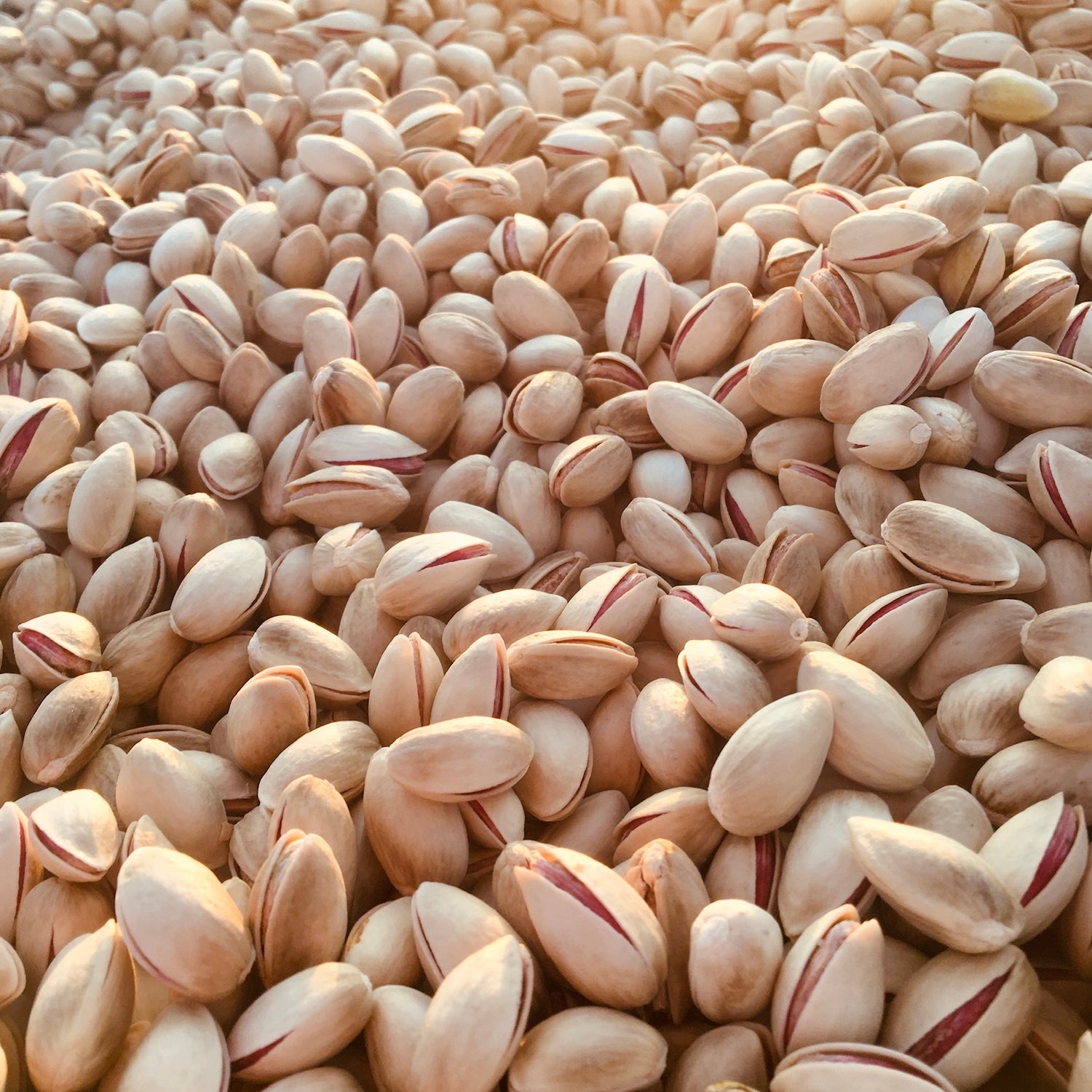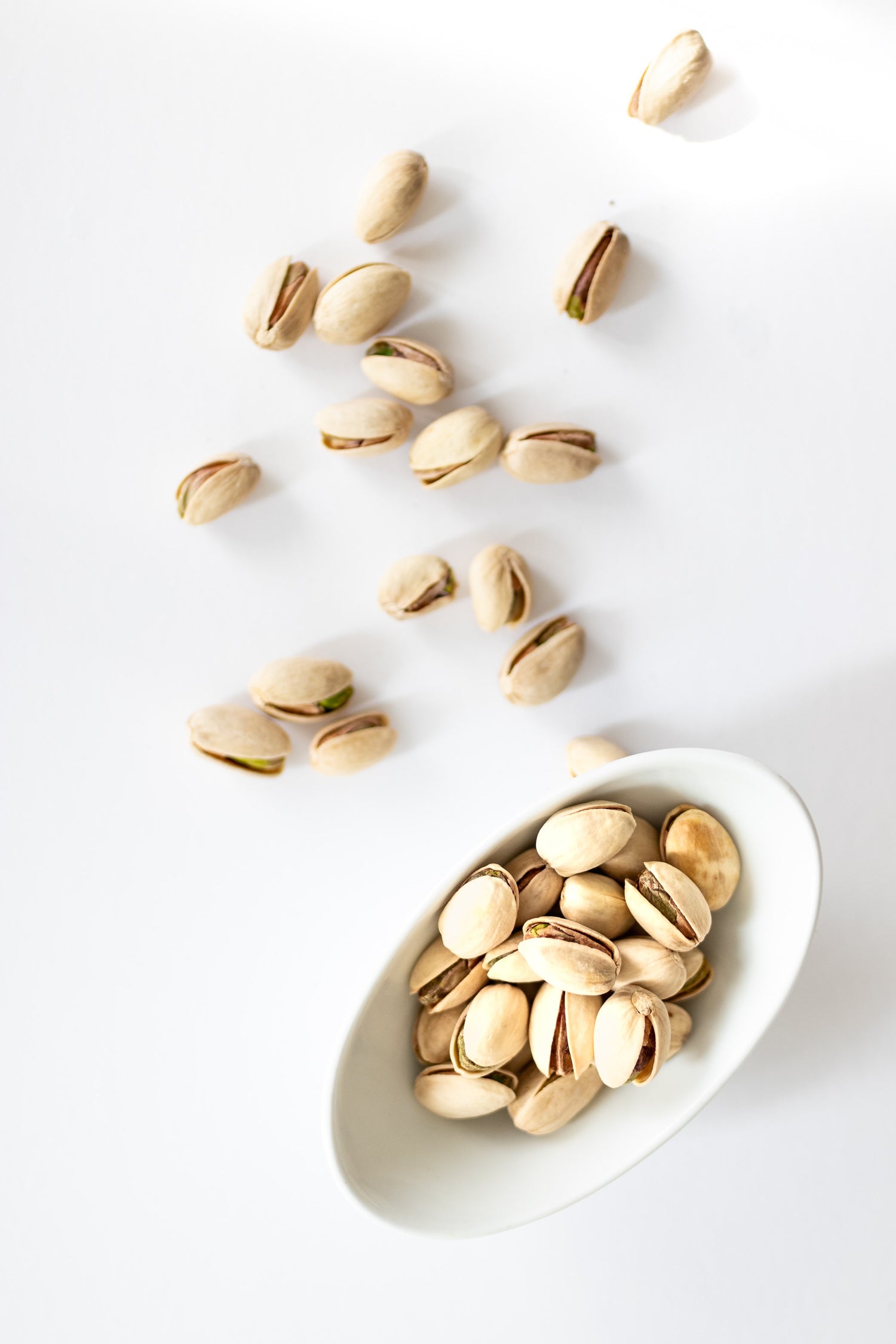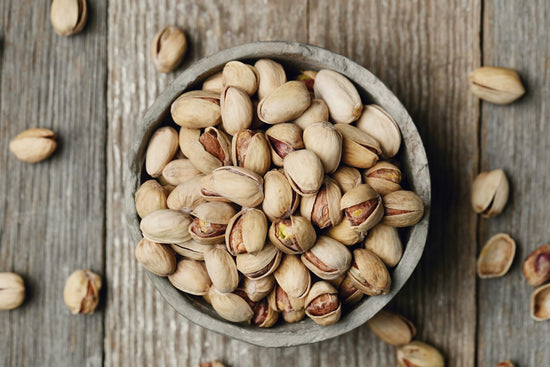History of the Pistachio

Archaeologists believe that pistachios have been known as a food as early as 6750 BC. Originating from Central Asia, the earliest evidence of pistachio consumption dates back to the Bronze Age. Through the conquests of Alexander the Great between 334 BC and 323 BC, the pistachio nut reached Greece. It was later introduced to Italy and Spain under the rule of Roman Emperor Tiberius in the 1st century AD. It was not until the 19th century that the pistachio nut began being cultivated commercially in the English-speaking world when was introduced to Australia, New Mexico and California in 1854 as a garden tree. When the pistachio reached central Europe, it was known as the "Latin Penny Nut" due to its introduction from the Italian sales route, over the Alpine passes. When they were first imported, although used for a variety of cooking purposes, such as to make sauces and desserts, they were expensive. It was not until after World War II that the pistachio's image transformed from lavish baking additive to the popular snack we enjoy them as today.

Legendary Pistachios
Pistachios are one of only two nuts mentioned in the Old Testament, with the other
being almonds. They are also believed to have been one of the foods Adam brought to Earth and grew in the Garden of Eden. Legend has it they were also a favourite of the Queen of Sheba, who loved them so much she declared pistachios an exclusively royal food, and even
demanded all of her land's production for herself. During the reign of King Merodach-Baladan in 700 BC, the Hanging Gardens of Babylon were said to have contained pistachio trees.
The pistachio has been used as a dyeing agent and folk remedy for ailments ranging from toothaches to liver damage. Pistachios were vital travel items for early explorers and traders due to their exceptional nutritional value and extensive storage length and were carried by travellers across the ancient Silk Road connecting China to the West.

Adored Worldwide
Historically, the cracking of pistachio nuts was considered a good omen, specifically for romantic relationships, possiblydue to their aphrodisiac property.
In China, the pistachio is known as the "Happy Nut" because it looks like it's smiling. They are given as gifts during Chinese New Year as a symbol of health, happiness, prosperity and good fortune. Pandas also enjoy them as a tasty snack.
During Diwali, in India, pistachios are given as a symbol of love and good wishes and are believed to be a "hot food", capable of keeping the body warm.
On the 24th February, Daeboreum, or "Full Moon", is celebrated in Korea where friends and families gather to drive evil
spirits away with the sounds made by cracking open pistachios.
In Israel, pistachios are served after meals in what is called Pituchim, translating to "all nuts". Israel consumes more pistachios than any other country, eating million pounds annually.
In 2020, approximately 1.1 million tonnes of pistachios were produced globally, with the United States and Turkey producing 68%.
-

World's Finest Pistachio
Aegina pistachios, known as the "green gold" of Greece, are renowned for their superior taste and quality.
-

100% Compostable
All our packaging uses 100% compostable materials, and the pistachio shells also make great compost.
-

The Perfect Superfood
Greek pistachios are an amazing snack! Low in calories, vegan friendly, and bursting with vitamins & proteins.



